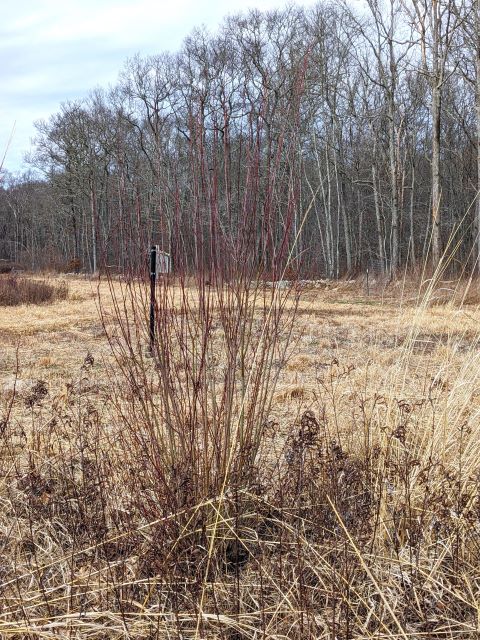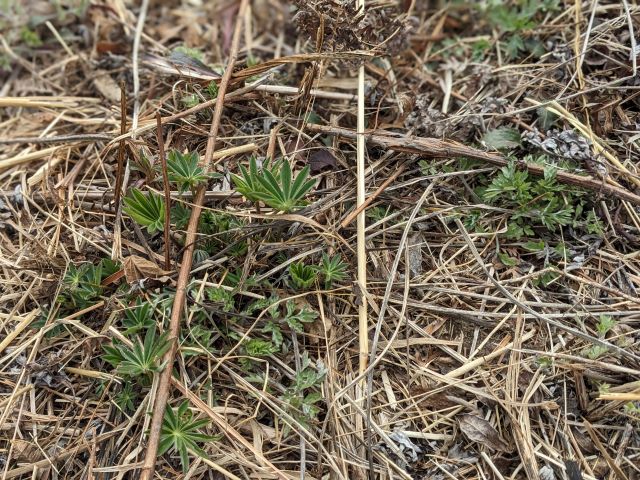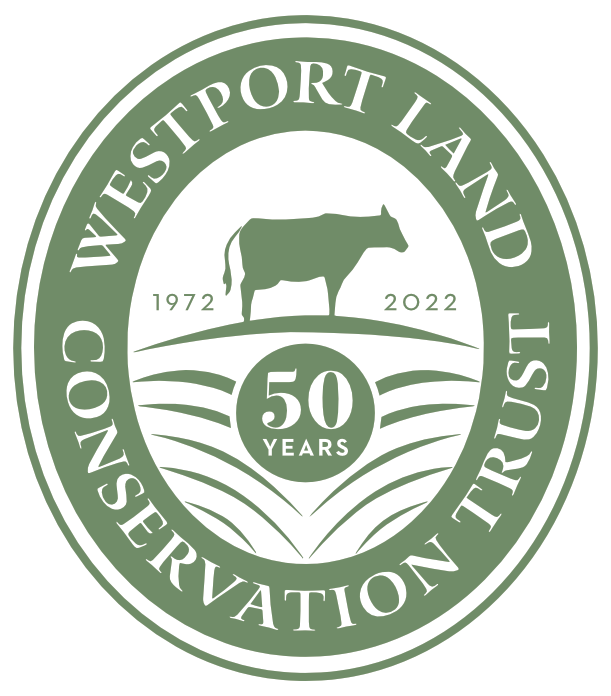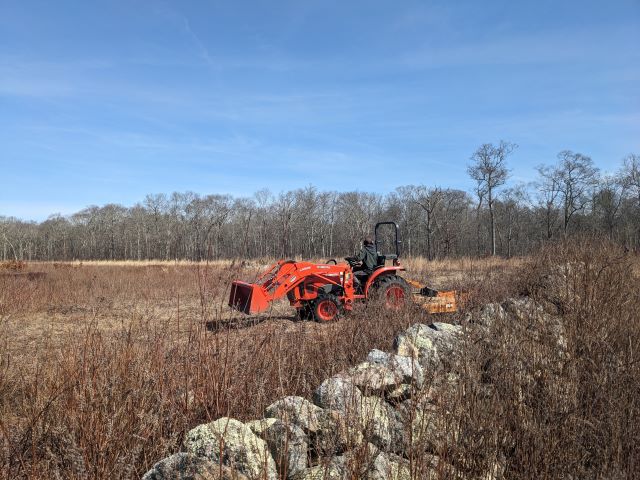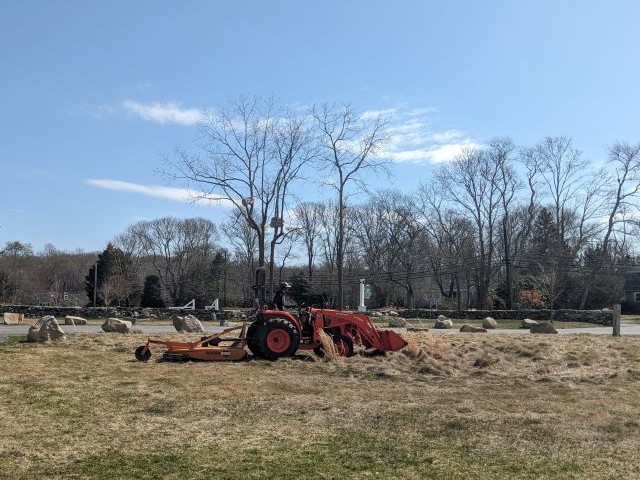
What is it about March?
In Southern New England, there are a variety of reasons March presents the ideal window to mow and cut back our meadows, including considerations for breeding mammals and amphibians, emerging insects, overall aesthetics and the practicality of using certain types of equipment.
When the right nighttime and daytime temperatures start to align, and a good stretch of weather is on the horizon, we get started on the brush hog. Below is breakdown of the factors WLCT takes into consideration when preparing to mow down the warm-season grassland meadows located at Herb Hadfield Conservation Area, Westport Woods Conservation Park, and the newly seeded Dunham’s Brook Conservation Area.
- Temperature: When nighttime temps remain in the 30’s, with daytime temps starting be consistently near 50, things are looking good.
- Warm, sunny weather jumpstarts perennial growth. We’re looking to cut old growth, especially woody invasives, not new growth. We are especially careful in identified areas to leave low-growing, native woody species for plant diversity.
- Moisture: After some rain, but with a period of cool dry weather in order to avoid muddy conditions for the tractor and so grasses/wildflower stalks are dry and get a decent cut with one pass from the mower.
- Soil Temperature: Mowing should be completed before soil temps reach 50 degrees and perennial plant growth begins.
- Small mammals, birds and reptiles such as box turtles will start to utilize these meadows for mating and as a food source come early spring, so attempting to complete mowing before April (depending on weather) is ideal.
- Equipment: WLCT uses a brush hog that is pulled on the back of a mid-sized tractor. It’s heavy enough that mud will bog it down, so a nice dry week and cold morning when the ground is firm is ideal for mowing the lowest parts of the meadow that may have water content in the soil.
- Brush mowers are an excellent tool because they don’t finely chop the stalks of plants which, in theory, allows the native insects who have burrowed inside for the winter to survive and emerge if they haven’t already.
- Of course, a few voles and rabbits may get injured but the hawks don’t mind and circle overhead the tractor with their incredible vision spotting field mice from impossible distances and not wasting a single bit.
Why mow at all?
Meadows are an essential part of our Westport ecosystem.
Native prairies and grasslands are the fastest disappearing habitat in most of the United States, and especially in New England. By cultivating a meadow with a well-curated transitional shrub habitat to the forested edge, we are recreating a lost world for many mammals, insects, birds and plants to thrive in–further enhancing the biodiversity of our unique community.
